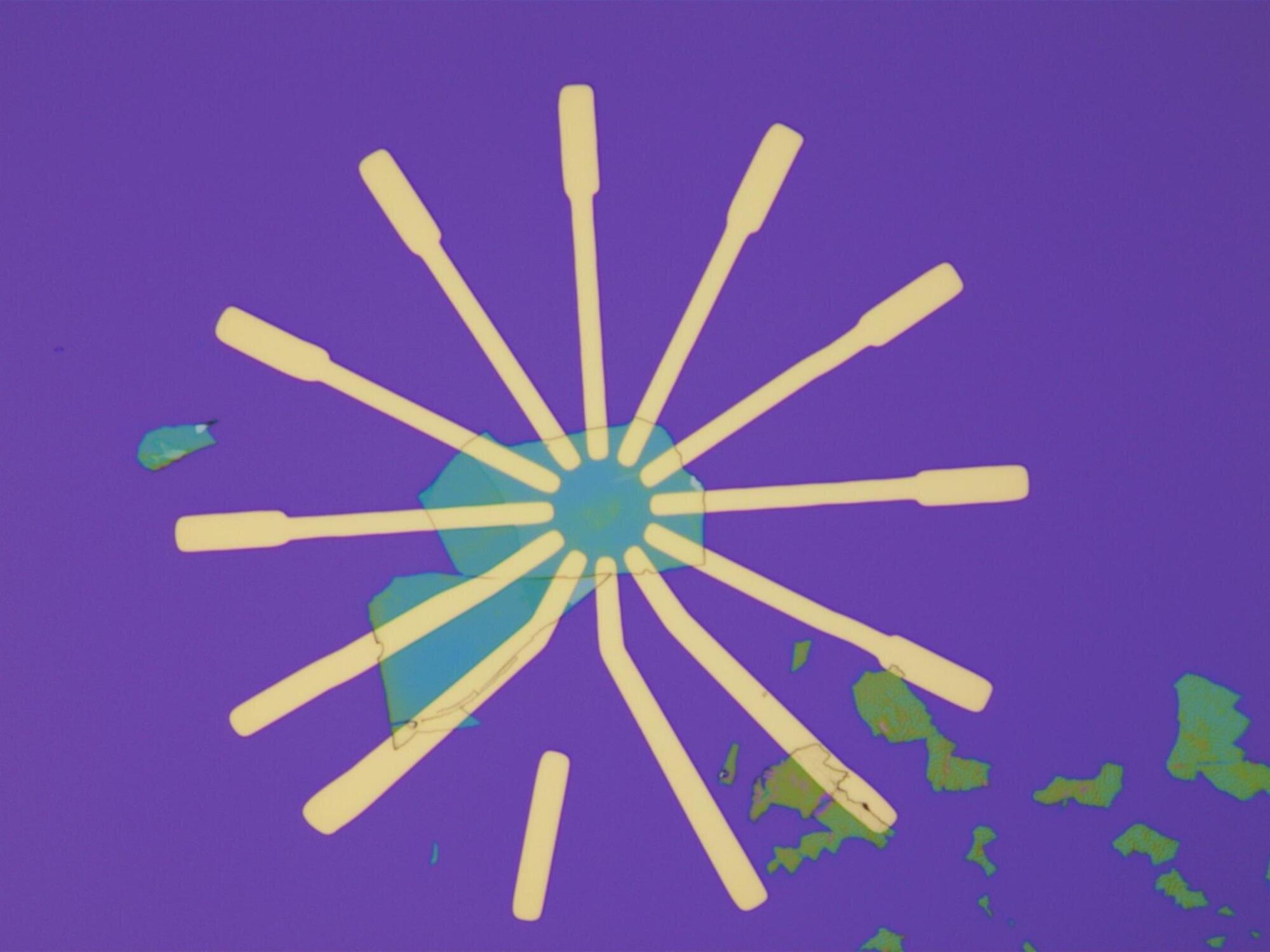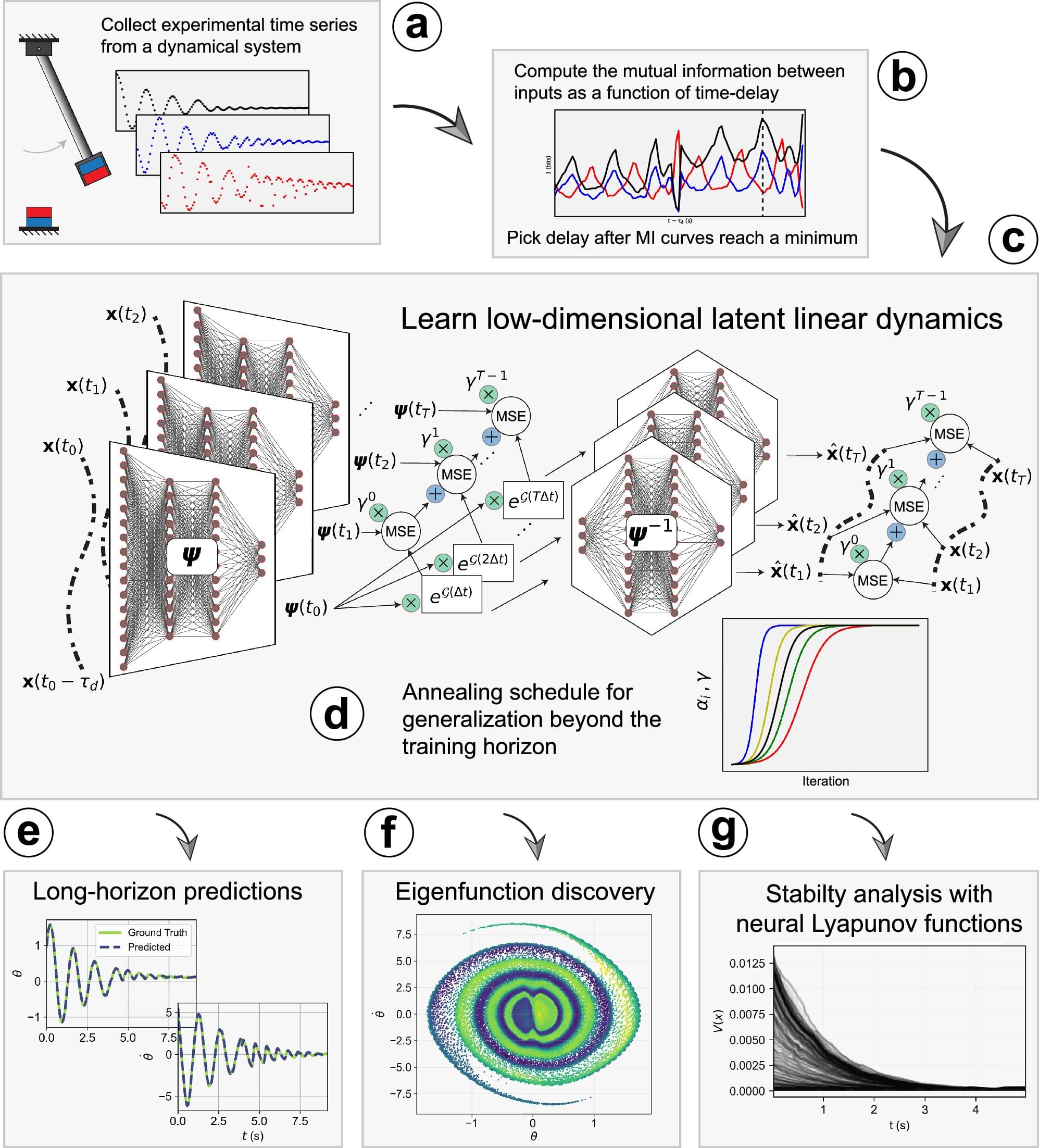The most dangerous people are not the malicious ones. They’re the ones who are certain they’re right.
Most of the harm in history has been done by people who believed they knew what was right — and acted on that belief without recognizing the limits of their own knowledge.
Socrates understood this long ago: the most dangerous is not *not knowing*, but *not knowing that we don’t know* — especially when paired with power.
Read on to find why:
* certainty often does more harm than malice * humility isn’t weakness, it’s discipline * action doesn’t require certainty, only responsibility * and why, in an age of systems, algorithms, and institutions, has quietly become structural.
This isn’t an argument for paralysis or relativism.
It’s an argument for acting without pretending we are infallible.









